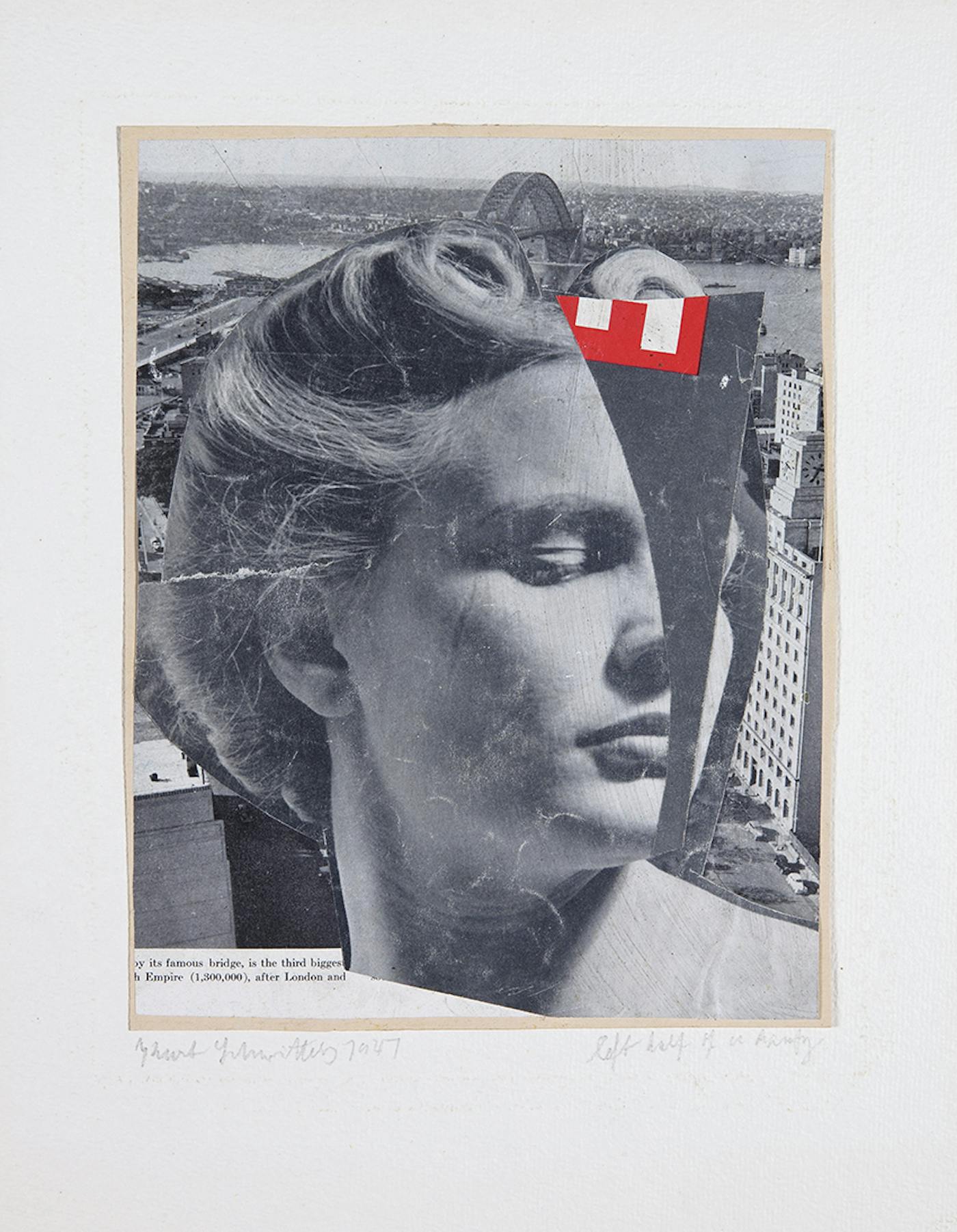Avant-garde

↑ Kurt Schwitters, Left half of a beauty,1947.
Sparebankstiftelsen DNB Collection. Permanent deposit to Henie Onstad Kunstsenter. Photo: Øystein Thorvaldsen.
Avant-garde
Then Henie Onstad presents the Avant-garde in the new wing Sal Merz.
Avant-garde means vanguard and is a term used for experimental artists or directions that challenge tradition. The avant-garde is also characterized by artists who work across the artistic disciplines and with innovative strategies such as manifestos, artists' books and mail-art. Historically, the avant-garde dates to the beginning of the 20th century. Dada and Surrealism are movements exemplary of the tradition. In the late 1960s, artists resumed the avant-garde strategies of pre-World War II. But, being "avant-garde" is also a contemporary attitude, synonymous with being at the forefront, in opposition, as well as experimental and groundbreaking in expression.
With its interdisciplinary history, artistic expertise and collections, Henie Onstad is in a unique position in this field in Norway. Since its founding in 1968, Henie Onstad has been a place for avant-garde and artistic projects across the field. Over the past decade, in close collaboration with Sparebankstiftelsen DNB, the art center has established a link to the German artist Kurt Schwitters through collecting works by Schwitters and his colleagues. Schwitter's ideas represented an entirely new way of thinking about what art can be. The collection of Schwitters, Henie Onstad Kunstsenter's experimental heritage and collections is the core of Henie Onstad's commitment to the avant-garde.
The avant-garde tradition is distinctly interdisciplinary, working across different forms of art. By establishing a the separate exhibition hall Sal Merz, and making the avant-garde tradition an integral part of the exhibition program, and contributing to research and learning programs, Henie Onstad wants to give a broad audience a relevant relationship to the avant-garde. The avant-garde contains much of the DNA of contemporary art. A central part of the program is to highlight female artists in the avant-garde tradition, whose diversity of practices and contributions to the avant-garde movement in the twentieth century has been great, but often underappreciated.